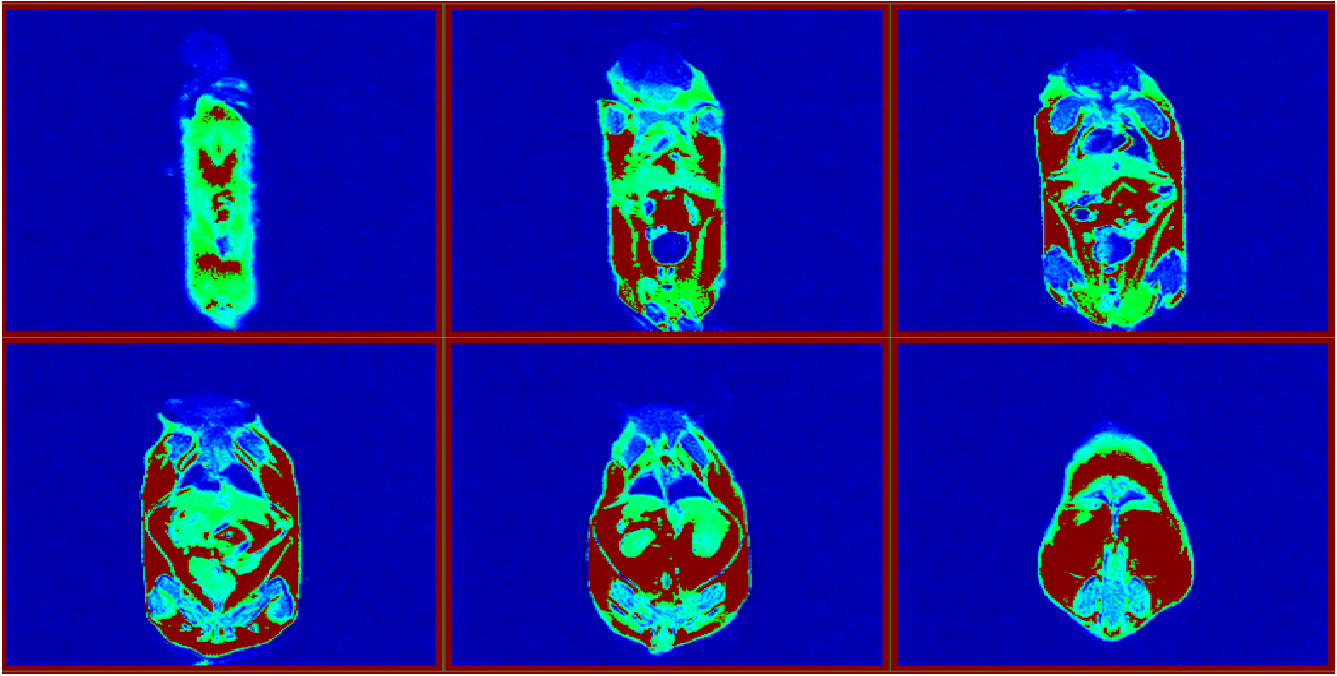Live Mouse Body Composition NMR
According to the World Health Organization (WHO), the year 2016 saw a staggering rise in the count of adults (aged 18 and above) grappling with excess weight, surpassing a staggering 1.9 billion. Among them, more than 650 million were classified as falling into the obese category. Additionally, the same year witnessed an alarming figure of over 340 million children and adolescents aged 5 to 19 who were dealing with issues of overweight or obesity. This upward trajectory in obesity rates is intimately connected to a heightened vulnerability to a range of chronic conditions, including type 2 diabetes, cardiovascular diseases, and specific types of cancer. These associations underscore the significant importance of addressing obesity as a formidable public health adversary.
Live mouse body composition NMR Principle
NMR is a technique based on the behavior of atomic nuclei in a magnetic field. In the context of body composition analysis, hydrogen nuclei (protons) are the most commonly targeted nuclei. When placed in a strong magnetic field, these nuclei align themselves with the field. When a radiofrequency pulse is applied to the sample, the protons absorb energy and temporarily flip their spins. As they return to their original alignment, they release this absorbed energy in the form of NMR signals, which can be detected and analyzed.
Live Mouse Body Composition Experimental Setup
For live mouse body composition analysis, the mouse is typically anesthetized to ensure it remains still during the NMR measurement. The mouse is then carefully positioned within the NMR instrument, which generates a strong magnetic field. The NMR machine is equipped with a radiofrequency coil to apply pulses and detect the resulting NMR signals.
Tissue Differentiation
Different tissues within the mouse’s body have distinct compositions in terms of hydrogen nuclei. For instance, fat tissue contains a different ratio of hydrogen nuclei compared to water or muscle tissue. As a result, each tissue type generates unique NMR signals.
Live Mouse Body Composition NMR Signal Acquisition
The NMR machine emits a radiofrequency pulse, which causes the hydrogen nuclei in the mouse’s body to absorb energy and temporarily reorient their spins. When the pulse is turned off, the nuclei release the absorbed energy as NMR signals. These signals are detected by the NMR machine’s coil, and their intensity and frequency provide information about the types of tissues present and their relative proportions.
NMR Data Analysis
The NMR signals collected from the mouse’s body are analyzed using specialized software. Researchers use algorithms and calibration data to correlate the NMR signals with specific tissue types and their compositions. This analysis allows them to determine the relative amounts of fat, muscle, water, and potentially other tissue types within the mouse’s body.
Live Mouse Body Composition NMR Applications
Live mouse body composition NMR has numerous applications in research. Researchers can use it to study the effects of various factors on body composition, such as diet, exercise, genetics, and diseases. It’s particularly valuable for tracking longitudinal changes within the same individual mouse over time. By comparing the body composition of different groups of mice, researchers can gain insights into how specific interventions or conditions impact tissue distribution and health.
Live Mouse Body Composition NMR Advantages
Live mouse body composition NMR offers several advantages. It doesn’t require sacrificing animals for analysis, allowing researchers to monitor the same individual over multiple time points. It provides quantitative data on tissue composition, making it a precise tool for preclinical research.
In summary, live mouse body composition analysis using NMR is a non-invasive technique that capitalizes on the behavior of atomic nuclei in a magnetic field. By analyzing the NMR signals emitted by different tissue types, researchers can quantitatively assess the composition of a live mouse’s body and gain insights into the effects of various factors on tissue distribution and health.
 NIUMAG
NIUMAG


